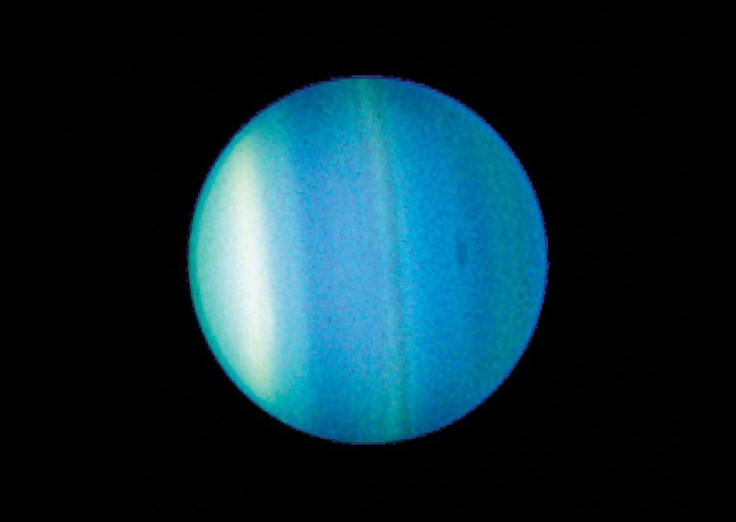Multiple Hits May Have Given Uranus its Big Tilt, Scientists Say

Multiple hits with other celestial bodies may have given the planet Uranus its big tilt, scientists say.
Scientists used computer simulations to try and figure out how the seventh planet from the Sun ended up on its side at a 98-degree angle.
Lead researcher Alessandro Morbidelli of the Observatoire de la Cote d'Azur in Nice, France commented on the research.
Our computer simulations show that two sequential impacts occurred very early in the planet's history, when it was still surrounded by a protosatellite disk, and should have occurred relatively close in time, Morbidelli said, National Geographic News reported. So far, this is the only model that explains the equatorial orbits of Uranus's satellites.
The research was presented last week at a meeting between the European Planetary Science Congress and the American Astronomical Society's Division of Planetary Science, Space.com reported.
The findings challenge what scientists have been thinking for a long time- that one major impact landed the blue planet on its side.
Uranus is the only giant planet whose equator is nearly at right angles to its orbit, NASA says on its Web site. A collision with an Earth-sized object may explain Uranus' unique tilt.
The research may impact studies on planet formation.
The fact that Uranus was hit at least twice suggests that significant impacts were typical in the formation of giant planets, Morbidelli said, Space.com reported. So, the standard theory has to be revised.
© Copyright IBTimes 2024. All rights reserved.











